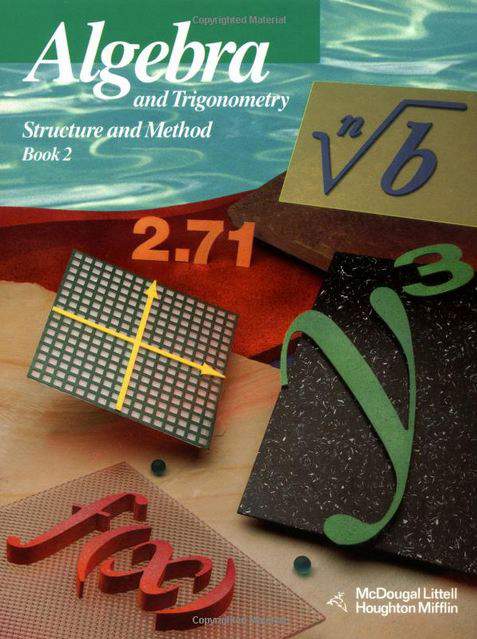Connecting...

This is a quick preview of the lesson. For full access, please Log In or Sign up.
For more information, please see full course syllabus of Algebra 2
For more information, please see full course syllabus of Algebra 2
Algebra 2 Basic Matrix Concepts
Lecture Description
A matrix is a rectangular array of variables or constants. Entries of the matrix are called elements. Dimensions refer to the number of rows and columns. For example, a matrix with 5 rows and 2 columns is called a 5x2 matrix. We can perform different operations on matrices such as addition, subtraction, and multiplication, however, depending on the dimension, not all of the operations can be used on all matrices. These exceptions and the basic matrix concepts will be discussed further in the lecture. If matrices have the same dimensions and their
Bookmark & Share
Embed
Share this knowledge with your friends!
Copy & Paste this embed code into your website’s HTML
Please ensure that your website editor is in text mode when you paste the code.(In Wordpress, the mode button is on the top right corner.)
×
Since this lesson is not free, only the preview will appear on your website.
- - Allow users to view the embedded video in full-size.
Next Lecture
Previous Lecture









































 Carleen Eaton
Carleen Eaton Grant Fraser
Grant Fraser
 Answer Engine
Answer Engine



0 answers
Post by Mulin Li on December 16, 2018
You forgot to demonstrate the square matrix.
3 answers
Last reply by: Tamer Tasci
Sun Jun 19, 2022 4:06 PM
Post by Jerry Xu on July 30, 2018
There should be a question mark at the end of the questions.
0 answers
Post by julius mogyorossy on March 14, 2012
Matrices sounds exciting, I am getting an electronic tablet to practice equations with, and to take notes. It shall be nice to put everything together.